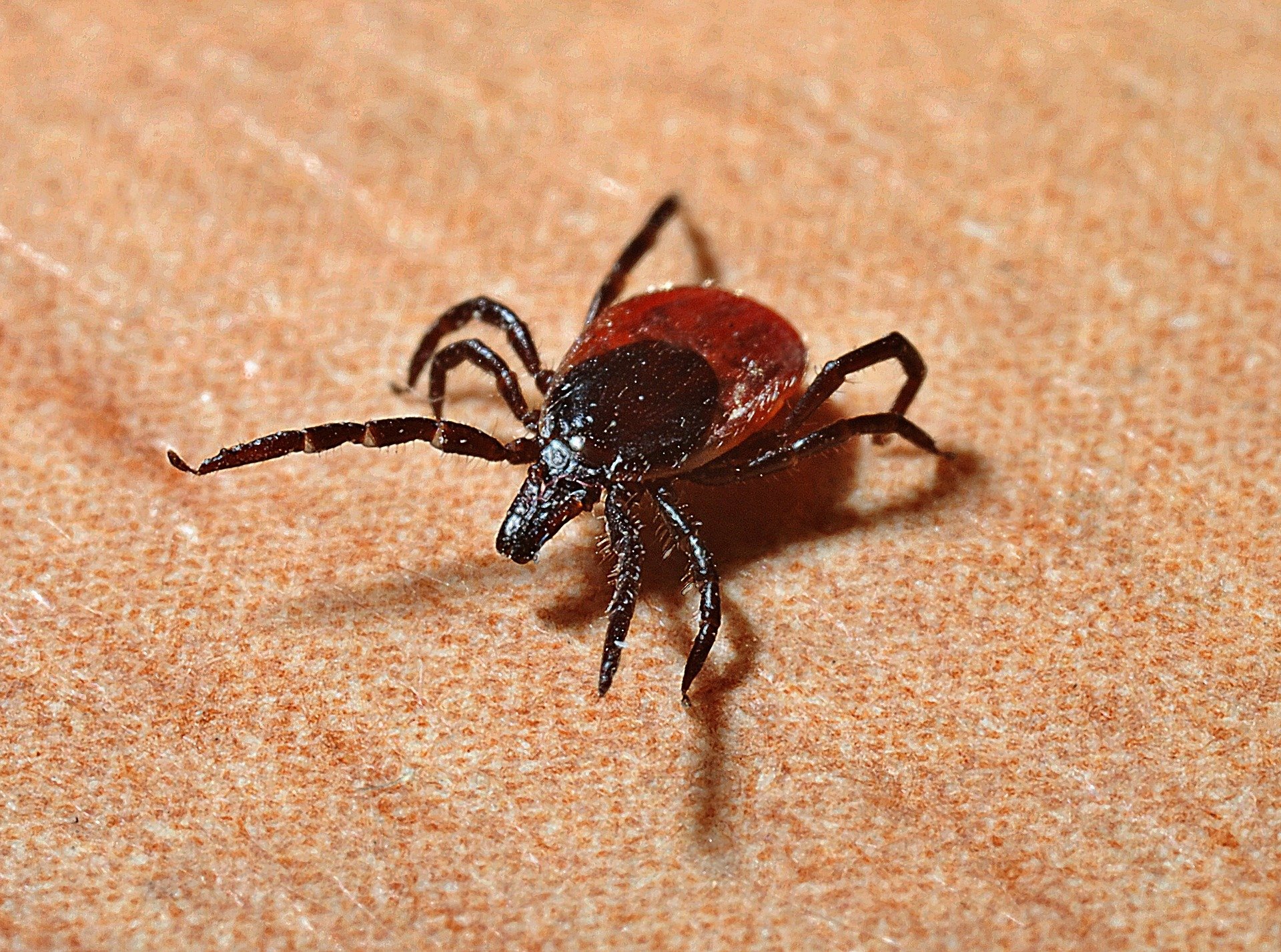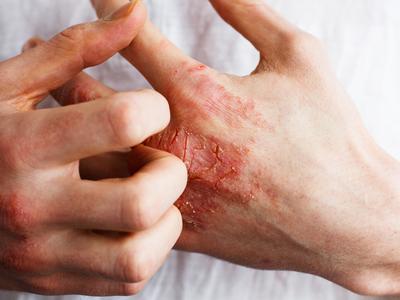The ticking time bomb to poor health
Awareness of Lyme Disease is growing around the world, but it can still be difficult to get a diagnosis
By Dina Gavarieva
More than 14 per cent of the world’s population could have Lyme disease, according to experts, with high-profile celebrities such as Hollywood actor Ben Stiller, singers Shania Twain and Justin Bieber, and model Bella Hadid being among confirmed cases.
Like many chronic conditions, Lyme disease is an indiscriminate and potentially debilitating illness, and one that continues to be largely misunderstood and misdiagnosed.
So, as we are approaching Lyme Disease Awareness Month in May, it’s a timely reminder to take a closer look at this incredibly complex condition, which any one of us could fall victim to, at any time.
Lyme disease is an infectious illness caused by the bacterium known as Borrelia, and it is most commonly transmitted by tick bites.
As many of the symptoms aren’t unique to Lyme disease, patients are often misdiagnosed at the start of their illness and struggle to find the right treatment, sometimes for years.
Thankfully, a growing awareness of the disease has developed, partly through initiatives such as Lyme Disease Awareness Month, which gives patients, activists and educators the chance to spread the word on how to prevent tick-borne sickness, as well as the celebrity names who have spoken of their own battles with the disease.
However, many sufferers today still face an uphill battle to get the right diagnosis – and an even greater battle to get the right treatment.
Symptoms
Lyme disease symptoms appear in stages and often vary from individual to individual. However, one of the most common early signs of infection is signalled by a red bump, similar in size to a mosquito bite. This might disappear within a few days to be replaced by an expanding red rash that forms around the bite area, creating a ‘bull’s eye’ effect.
Although the rash is seen as one of the hallmarks of Lyme disease, not everyone gets it and other sufferers may develop a rash elsewhere.
Other common symptoms include fever, chills, fatigue, body aches, headache, neck stiffness and swollen lymph nodes.
If the disease is left untreated, it can lead to further symptoms such as more rashes, severe joint pain, swelling, especially at the knees, heart problems such as an irregular heartbeat, eye inflammation, liver inflammation (hepatitis), severe fatigue, neurological problems, temporary facial paralysis, numbness or weakness in limbs, and impaired muscle movement. These symptoms can appear months or even years after infection.
Statistics
Lyme disease is the most commonly reported tick-borne illness in the United States and it is prevalent throughout much of central Europe.
In England and Wales, there are around 1,500 laboratory-confirmed cases of Lyme disease each year, and an estimated 1,000 to 2,000 more people are diagnosed based on clinical assessment rather than tests.
Although the global Lyme Disease Association lists Cyprus as a country where the disease is found, there is no public health surveillance system issuing or collecting data.
However, this does not mean it is not an issue. In recent years, the worldwide burden of Lyme disease has increased and extended into regions and countries where the disease was not previously reported.
As many of the signs and symptoms of Lyme disease are not uncommon to other conditions, diagnosis can sometimes be difficult. In some countries, this problem is further compounded by a still-cynical medical community reluctant to recognise the existence of the disease.
Historically, oral antibiotics were the standard treatment for early-stage Lyme disease, and if the disease involves the central nervous system, treatment with an intravenous antibiotic for 14 to 28 days might also be recommended.
Other protocols include detoxification programmes or ozone therapies to restore the immune system function disrupted by the disease.
Prevention
Where you live affects your chances of getting Lyme disease, as do the outdoor activities you enjoy. The most common risk factors in terms of catching the disease include spending time in woodland or grassy areas, having exposed skin – because ticks attach easily to bare flesh – and not removing ticks promptly or properly.
So, if you plan on wandering through the woods or wading through the grass, think about covering up and applying insect repellent. Once home, check your clothing and perhaps take a shower.
If you find a tick remove it with tweezers, gently pulling from the head or mouth area. Don’t squeeze or crush the tick. Once the entire tick is removed, apply antiseptic to the bite area.
And if you develop a rash, visit your GP or health professional immediately.







